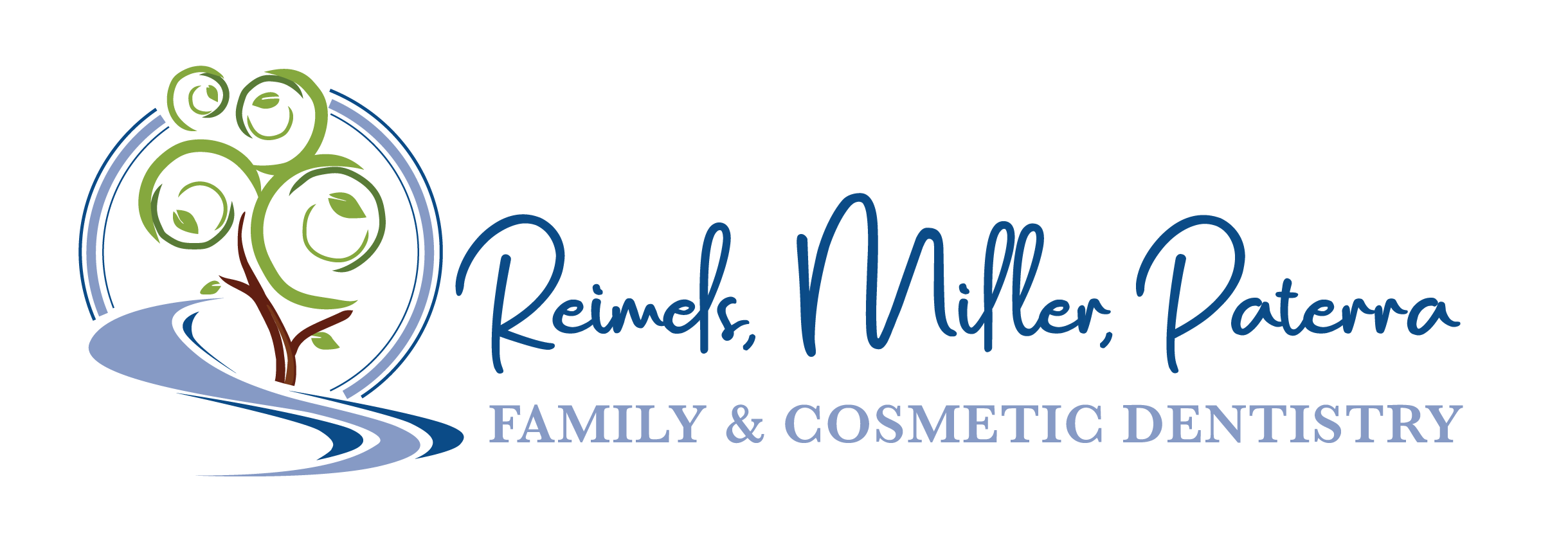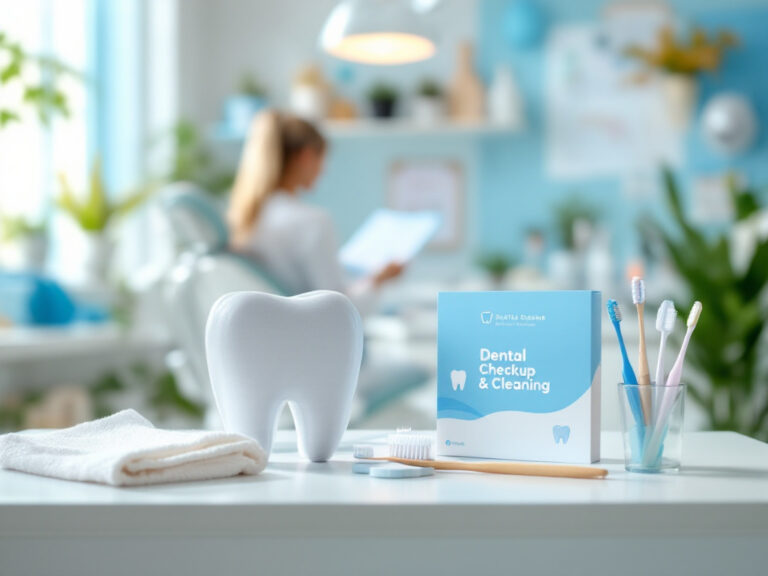Understand gum disease
Gum disease, also known as periodontal disease, begins with inflammation of the gums and can progress to affect the bone and connective tissue that support your teeth. It develops in stages, starting as gingivitis—characterized by redness and bleeding—and advancing to periodontitis, where pockets form around teeth and bone loss may occur. Because the early phase often shows few symptoms, a thorough periodontal evaluation by a qualified professional is vital.
Definition and stages
- Gingivitis
- Involves plaque buildup at the gumline
- Causes swollen, tender gums that bleed easily
- Early periodontitis
- Formation of pockets 4–5 millimeters deep
- Possible bone loss visible on X-rays
- Advanced periodontitis
- Deep pockets exceed 6 millimeters
- Significant bone and tissue destruction
- Risks include loose teeth or tooth loss
Prevalence and risk factors
According to the Centers for Disease Control and Prevention, almost half of American adults over 30 have some form of gum disease [1]. Key factors that increase your chance of developing periodontal issues include:
| Risk factor | Impact |
|---|---|
| Poor oral hygiene | Allows plaque to harden into tartar |
| Smoking or tobacco use | Doubles risk compared to non-smokers [2] |
| Diabetes or immune issues | Higher susceptibility to infections |
| Hormonal changes | Can make gums more sensitive to plaque |
| Genetics | Family history may predispose to gum disease |
Impact on overall health
Uncontrolled periodontal infections can affect more than your mouth. Bacteria can enter the bloodstream, contributing to:
- Increased risk of heart attack and stroke [3]
- Difficulty controlling blood sugar in diabetic patients [4]
- Potential links to Alzheimer’s disease due to bacterial presence in brain tissue [1]
- Worse complications from respiratory infections such as COVID-19 [1]
Early intervention through professional evaluation can help break this cycle and support your overall well-being.
Recognize warning signs
Because gum disease often progresses without pain, you need to watch for subtle changes in your mouth. Recognizing symptoms early allows you to seek treatment before irreversible damage occurs.
Symptoms of early gum disease
- Gums that bleed when brushing or flossing
- Persistent bad breath or bad taste in the mouth [5]
- Slight gum redness or swelling
- Tenderness when chewing
Signs of advanced disease
- Gums that have pulled away from teeth, making teeth appear longer
- Deep gum pockets measured by a periodontal probe
- Loose or shifting teeth
- Pus between teeth and gums
- Bone loss visible on dental X-rays
If you notice any of these issues, scheduling a routine dental exam huntersville is essential for a comprehensive assessment.
Prepare for evaluation
Before you book an appointment, consider several factors to ensure a comfortable, thorough experience tailored to your needs in Huntersville or Cornelius.
Selecting a clinic
- Look for practices offering both adult and children’s dentistry preventive care
- Check that they use digital X-rays and modern periodontal probes for gentle diagnostics
- Read reviews highlighting friendly staff and clear explanations of findings
- Ensure the office environment feels welcoming for families and individuals of all ages
Many providers in the area promote themselves as a family dentist in huntersville nc or offer dentistry for all ages huntersville, making it easy to coordinate care for every member of your household.
Insurance and payment
- Verify that your plan covers periodontal examinations and X-rays
- Ask about flexible financing or in-house payment plans
- Confirm acceptance at a family dentist accepting insurance
- Inquire whether preventive visits, such as exams and cleanings, qualify under your deductible
Clear communication about costs helps you avoid surprises and plan regular visits for long-term gum health.
Questions to ask
- How often should I schedule periodontal evaluations?
- What technology do you use for diagnosing gum disease?
- Can I combine my check-up with an oral cancer screening dentist visit?
- Do you offer specialized care for patients with diabetes or other health conditions?
- What home care recommendations will you provide after my exam?
Preparing your questions in advance ensures you get the information you need to maintain optimal gum health.
Expect the evaluation process
Understanding what happens during your appointment can ease any anxiety and help you get the most out of your visit.
Comprehensive oral exam
Your dentist or hygienist will begin by:
- Reviewing your medical and dental history
- Inspecting gums for color, texture, and signs of inflammation
- Checking for plaque, calculus, and early recession
They may integrate findings from a new patient dental exam huntersville or your most recent professional teeth cleaning huntersville.
Periodontal probing and imaging
Using a calibrated periodontal probe, the clinician measures pocket depths around each tooth. Healthy pockets are typically 1–3 millimeters deep, while deeper measurements indicate gum disease [4]. Additional steps may include:
- Digital X-rays to assess bone levels and detect hidden issues
- Intraoral photographs to document changes over time
This combination of probing and imaging allows for a precise diagnosis.
Diagnosis review
After collecting and analyzing your data, the provider will:
- Present your pocket depth chart and radiographic images
- Explain the stage of gum disease, if present
- Discuss the connection between your oral health and overall wellness
- Review a personalized treatment plan, including timelines and costs
A clear, confident explanation helps you feel empowered to follow through with recommended care.
Review treatment options
Based on your evaluation results, you and your dentist will decide on the best approach to restore gum health and prevent further progression.
Non-surgical therapies
| Procedure | Description | Recovery |
|---|---|---|
| Scaling and root planing | Removal of plaque and tartar above and below the gum line; smooths root surfaces to discourage bacterial adherence [4] | Mild sensitivity for 1–3 days |
| Antibiotic therapy | Topical or oral antibiotics to control infection | Minimal to none |
| Antimicrobial rinses | Prescription mouthwash targeting periodontal bacteria | None |
| Laser periodontal therapy | Precision removal of diseased tissue with minimal impact on healthy gums | Faster healing; less discomfort |
These treatments often succeed when gum disease is caught early.
Surgical interventions
| Procedure | Purpose | Recovery |
|---|---|---|
| Flap surgery | Opens gum tissue to clean deep pockets and allows reattachment to tooth roots | 1–2 weeks; sutures removed after one week |
| Bone grafts | Uses donor or synthetic material to regenerate bone lost to periodontitis | Several weeks; follow-up visits required |
| Soft tissue grafts | Restores gum tissue in areas of significant recession | 1–2 weeks; some discomfort |
| Guided tissue regeneration | Employs barrier membranes to encourage regrowth of bone and periodontal ligament | Multiple visits over months |
If your condition is more advanced, these options can rebuild support and reduce future risks.
Maintain healthy gums
Preventing recurrence of gum disease requires daily commitment and professional follow-up.
Daily oral hygiene
- Brush teeth twice a day with fluoride toothpaste
- Use a soft-bristled toothbrush and replace it every 3–4 months
- Floss daily, reaching beneath the gumline
- Rinse with an antimicrobial mouthwash as directed
- Consider adjunct tools such as interdental brushes or water flossers
These habits, combined with regular professional care, form the foundation of gum health.
Professional preventive care
- Schedule a regular dental exam & cleaning every six months or as recommended
- Enroll in a dental hygiene maintenance clinic for more frequent cleanings, if you’re at higher risk
- Take advantage of our dental checkup & cleaning package for comprehensive preventive services
- Explore preventive family dentistry nc options that cover flu shots, sealants, and more
Consistent professional care helps detect changes early and keep your gums in top condition.
Choose the right dentist
Selecting a practice that meets your family’s needs ensures you get comprehensive support at every stage.
Family and pediatric services
- Gentle exams tailored for children and adults alike
- Pediatric dental checkup huntersville appointments to monitor growth and oral development
- Protective dental sealants for kids huntersville and fluoride treatment dentist services
- Comfort techniques for anxious patients of all ages
With specialized care, your entire household can build healthy habits together.
Preventive packages and plans
- Customized preventive care plans through our dental wellness clinic huntersville
- Flexible membership options for reduced fees on exams, cleanings, and X-rays
- Convenience of coordinating preventive care dental clinic visits for multiple family members
Bundled services encourage regular visits and simplify scheduling.
Ongoing support and visits
- Routine check-ups to monitor gum health and address minor issues promptly
- Opportunities for oral cancer screening dentist during your preventive visits
- Clear communication and education about changes in your periodontal status
- Referrals to specialists if advanced care is needed
A practice committed to follow-through helps you maintain confidence in your smile and overall health.
By understanding gum disease, recognizing its warning signs, and selecting the right evaluation provider, you empower yourself to protect your oral health for years to come. Schedule your next appointment with a trusted periodontal professional—whether you’re due for a new patient dental exam huntersville or a routine check-up—so you can enjoy a healthy, confident smile.








